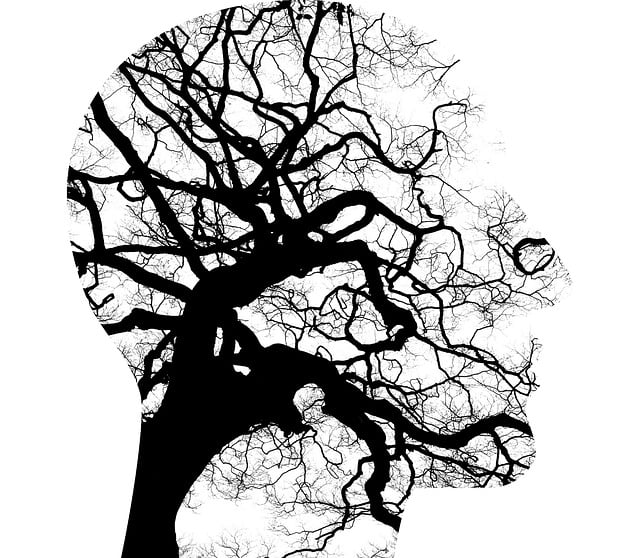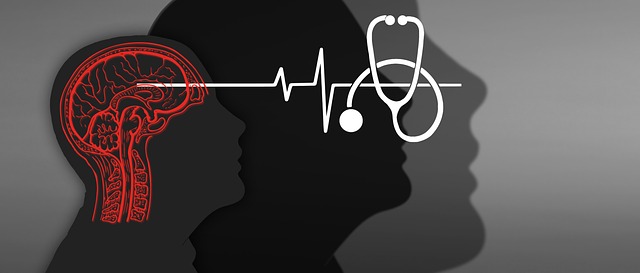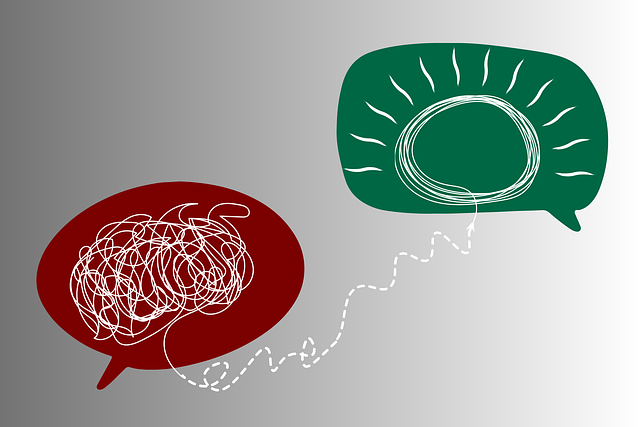Englewood Child Abuse Therapy leverages comprehensive risk assessment and management as a foundational pillar of its safety protocol, focusing on mental healthcare. This involves scrutinizing individual histories, current situations, and behaviors to identify potential harm risks. By employing structured methods and tailored strategies, the therapy center addresses unique needs—such as depression prevention plans for emotional regulation issues—to create secure environments that empower clients in risk management. Their holistic approach integrates evidence-based practices like Social Skills Training, Compassion Cultivation, and Stress Management Workshops, fostering long-term resilience and healing among children exposed to abuse.
In the sensitive realm of child therapy, risk assessment and harm minimization are paramount. This comprehensive guide explores essential strategies for safeguarding young clients at Englewood Child Abuse Therapy. From understanding the fundamentals of risk assessment as a cornerstone for safety to identifying potential harms specific to therapeutic settings, we provide a roadmap. Learn how to develop a robust harm minimization plan, implement safe practices, and continuously evaluate for adaptability—all crucial steps in fostering secure, therapeutic environments.
- Understanding Risk Assessment: A Foundation for Safety
- Identifying Potential Harms in Child Therapy Settings
- Developing a Comprehensive Harm Minimization Plan
- Implementing Strategies for Safe and Therapeutic Environments
- Continuous Evaluation and Adaptation: Ensuring Long-Term Well-being
Understanding Risk Assessment: A Foundation for Safety

Risk assessment is a fundamental process in ensuring safety and preventing potential harm, especially within sensitive fields like mental healthcare. At Englewood Child Abuse Therapy, we recognize that understanding risk factors and implementing effective harm minimization strategies are key to creating a supportive environment. This involves a comprehensive evaluation of various elements, including an individual’s history, current circumstances, and behavioral patterns.
By adopting a structured approach, we can identify potential risks and develop tailored plans to mitigate them. This process considers cultural sensitivity in mental healthcare practice, ensuring that unique cultural backgrounds and experiences are taken into account. For instance, addressing emotional regulation issues might involve depression prevention strategies, as these challenges often intertwine. Through careful assessment and planning, we aim to foster a sense of security and empower individuals to manage and reduce risks effectively.
Identifying Potential Harms in Child Therapy Settings

In child therapy settings, identifying potential harms is a critical step in risk assessment and harm minimization planning. This process involves meticulously scrutinizing various aspects of the therapeutic environment to anticipate and mitigate risks that may negatively impact a child’s well-being. At Englewood Child Abuse Therapy, we prioritize comprehensive risk management by addressing physical, emotional, and psychological dangers within our care framework. Our approach includes identifying potential triggers related to trauma, abuse, or neglect, as well as assessing the effectiveness of coping skills development programs.
By integrating these considerations into our Risk Management Planning for Mental Health Professionals, we strive to create a safe, nurturing environment that promotes healing and growth. This proactive strategy not only helps in preventing acute incidents but also fosters long-term resilience in young clients. Moreover, by focusing on burnout prevention among therapists, we ensure sustained quality care, as well as the ability to continue serving vulnerable populations effectively.
Developing a Comprehensive Harm Minimization Plan

In developing a comprehensive harm minimization plan, it’s essential to take a holistic approach that addresses both immediate and long-term risks. At Englewood Child Abuse Therapy, our experts emphasize the significance of tailored strategies for each unique situation. We recognize that harm minimization goes beyond quick fixes; it involves creating robust systems and environments that support vulnerable individuals’ well-being. This includes implementing evidence-based practices, such as mental health education programs designed to enhance self-esteem improvement, which can act as a buffer against potential harms.
By integrating these initiatives into the fabric of our services, we aim to foster an environment that not only prevents further harm but also promotes anxiety relief and overall mental health recovery. Our plans are meticulously crafted to cater to diverse needs, ensuring every aspect is carefully considered. This comprehensive approach, inspired by best practices in the field, positions us to offer effective solutions, like those tailored for children exposed to abuse, helping them rebuild resilience and navigate their journeys toward healing.
Implementing Strategies for Safe and Therapeutic Environments

Creating safe and therapeutic environments is a cornerstone of effective risk assessment and harm minimization planning. At Englewood Child Abuse Therapy, we understand that children and adolescents need secure spaces to heal and thrive. Implementing evidence-based strategies, such as Social Skills Training and Compassion Cultivation Practices, fosters positive interactions and emotional well-being among clients. By nurturing a supportive atmosphere, our therapists help individuals develop essential coping mechanisms and enhance their ability to manage stress and regulate moods effectively.
Through structured activities and individualized approaches, we aim to minimize potential risks and promote a sense of safety. Mood Management techniques are integrated into our treatment plans to empower clients with tools to navigate emotional challenges. These strategies not only protect against further harm but also facilitate personal growth and resilience. At Englewood Child Abuse Therapy, we remain committed to providing comprehensive care in a nurturing environment that respects the unique needs of every individual.
Continuous Evaluation and Adaptation: Ensuring Long-Term Well-being

In the realm of risk assessment and harm minimization planning, continuous evaluation and adaptation are paramount to ensure long-term well-being, particularly for vulnerable populations like children. At Englewood Child Abuse Therapy, we understand that the needs of individuals can evolve rapidly, making it crucial to regularly reassess potential risks and adjust strategies accordingly. This dynamic approach involves staying attuned to emerging trends, new research insights, and feedback from clients and professionals alike. By doing so, our organization fosters a safe and supportive environment that grows with its charges.
This proactive strategy is not just about addressing immediate concerns; it’s also about cultivating resilience. Through regular evaluation, we can identify areas where our programs—including our popular Stress Management Workshops Organization and Anxiety Relief initiatives—can be enhanced to better meet individual needs. This continuous improvement ensures that our clients gain the skills necessary for Resilience Building, enabling them to navigate life’s challenges with greater ease and confidence.
Englewood Child Abuse Therapy emphasizes the paramount importance of risk assessment and harm minimization planning in creating safe, therapeutic environments for children. By understanding the foundational principles of risk assessment, identifying potential harms specific to child therapy settings, developing robust harm minimization plans, and implementing effective strategies, therapists can foster secure spaces that promote healing and growth. Continuous evaluation and adaptation ensure these measures remain relevant and effective over time, ultimately contributing to the long-term well-being of every child served.














